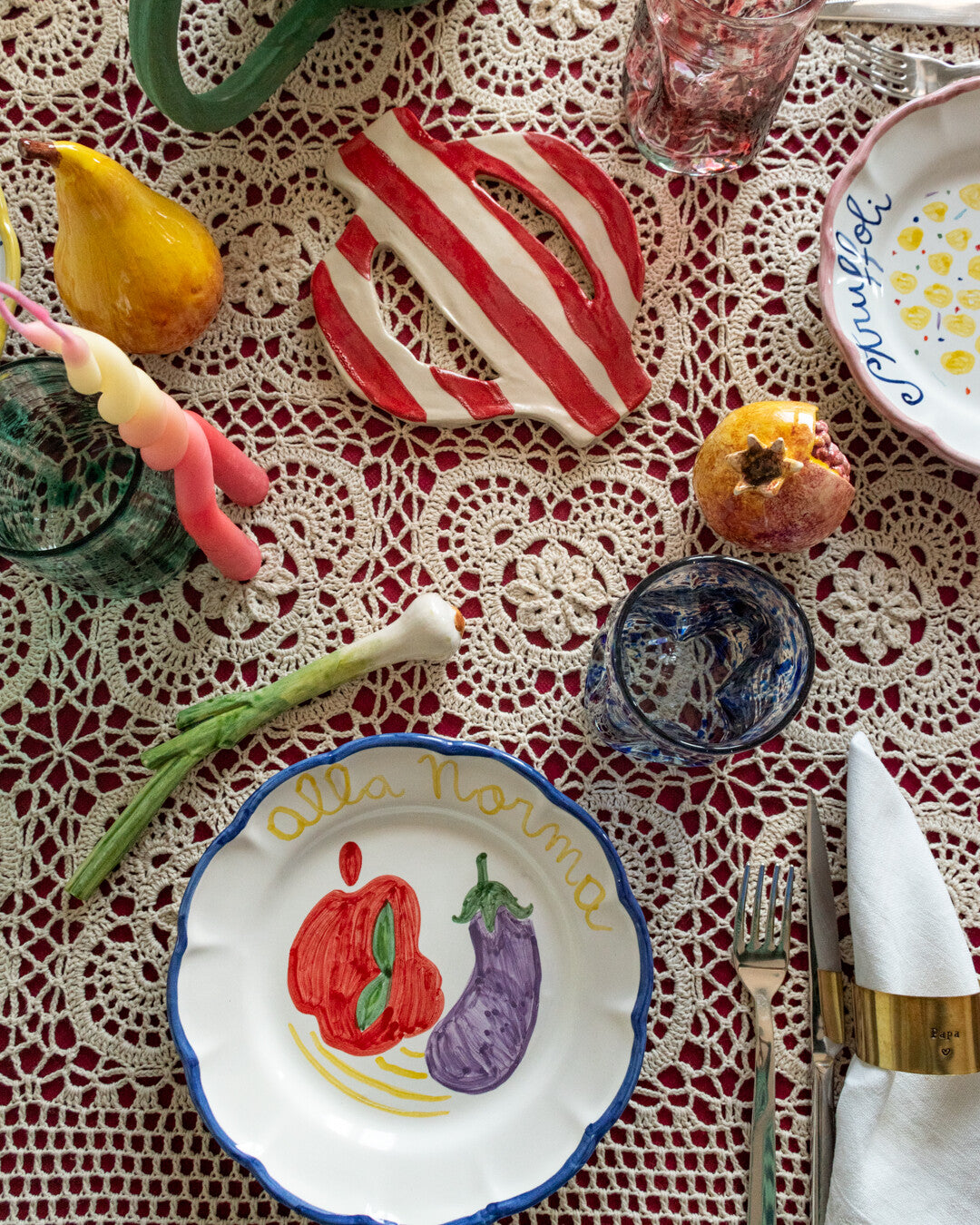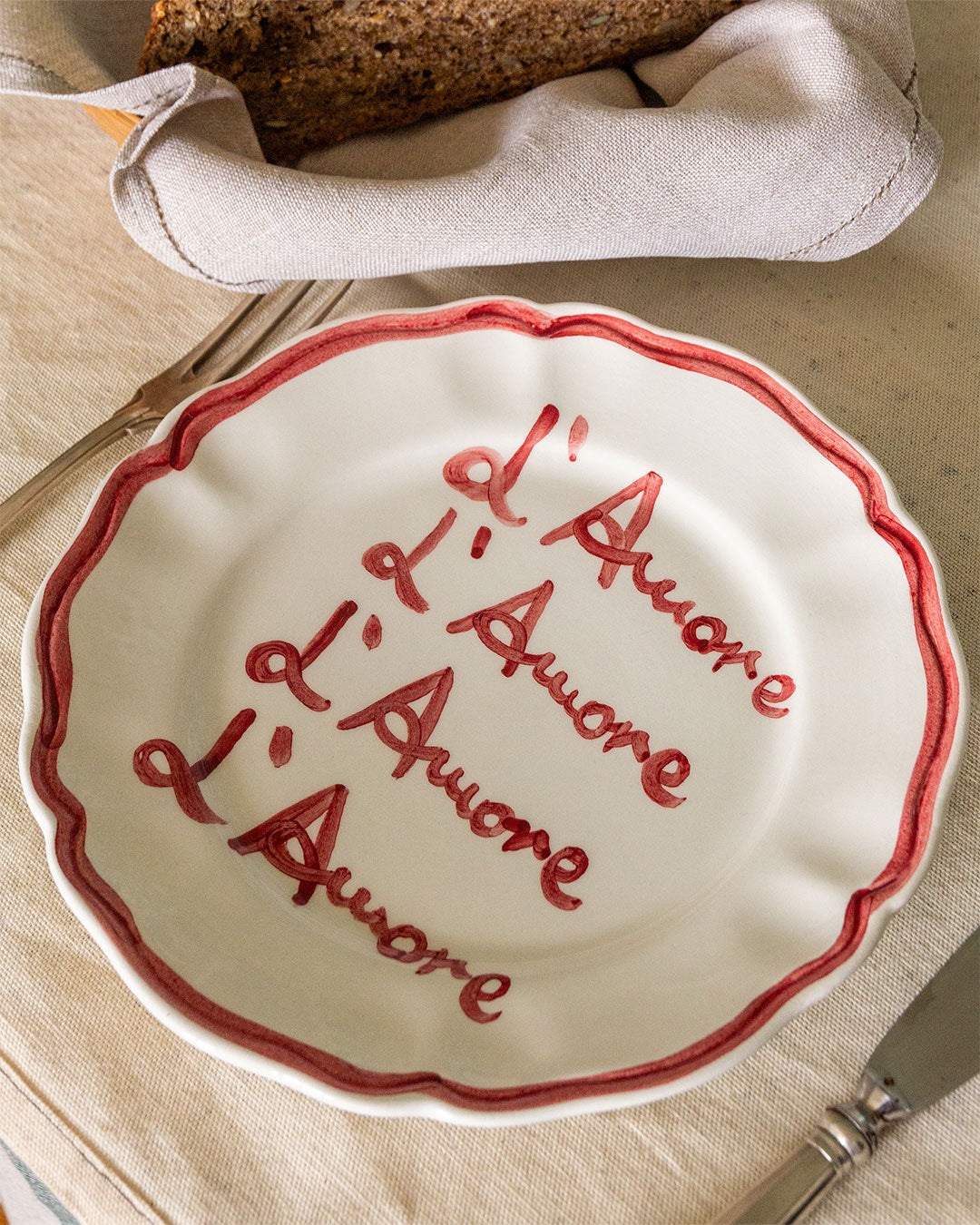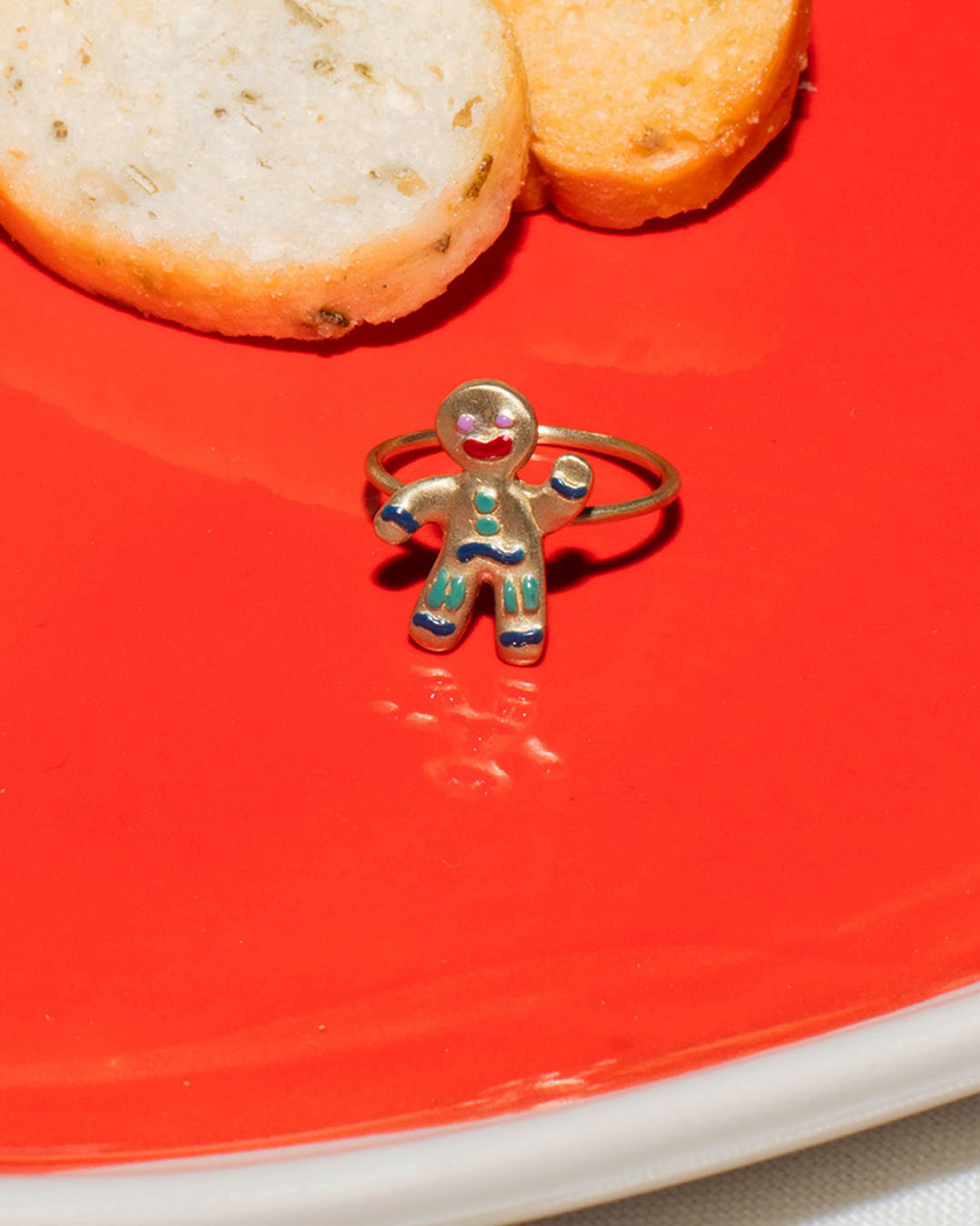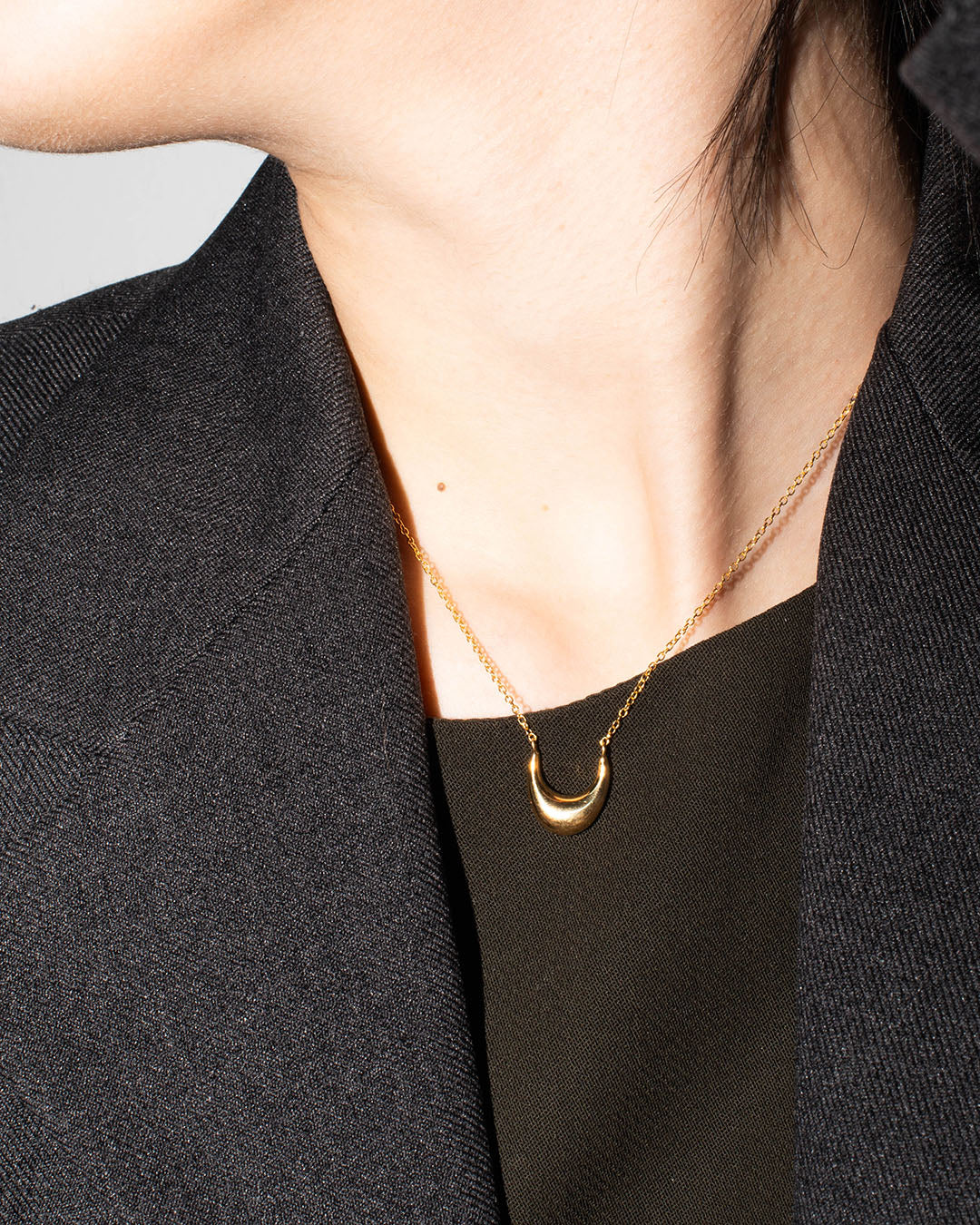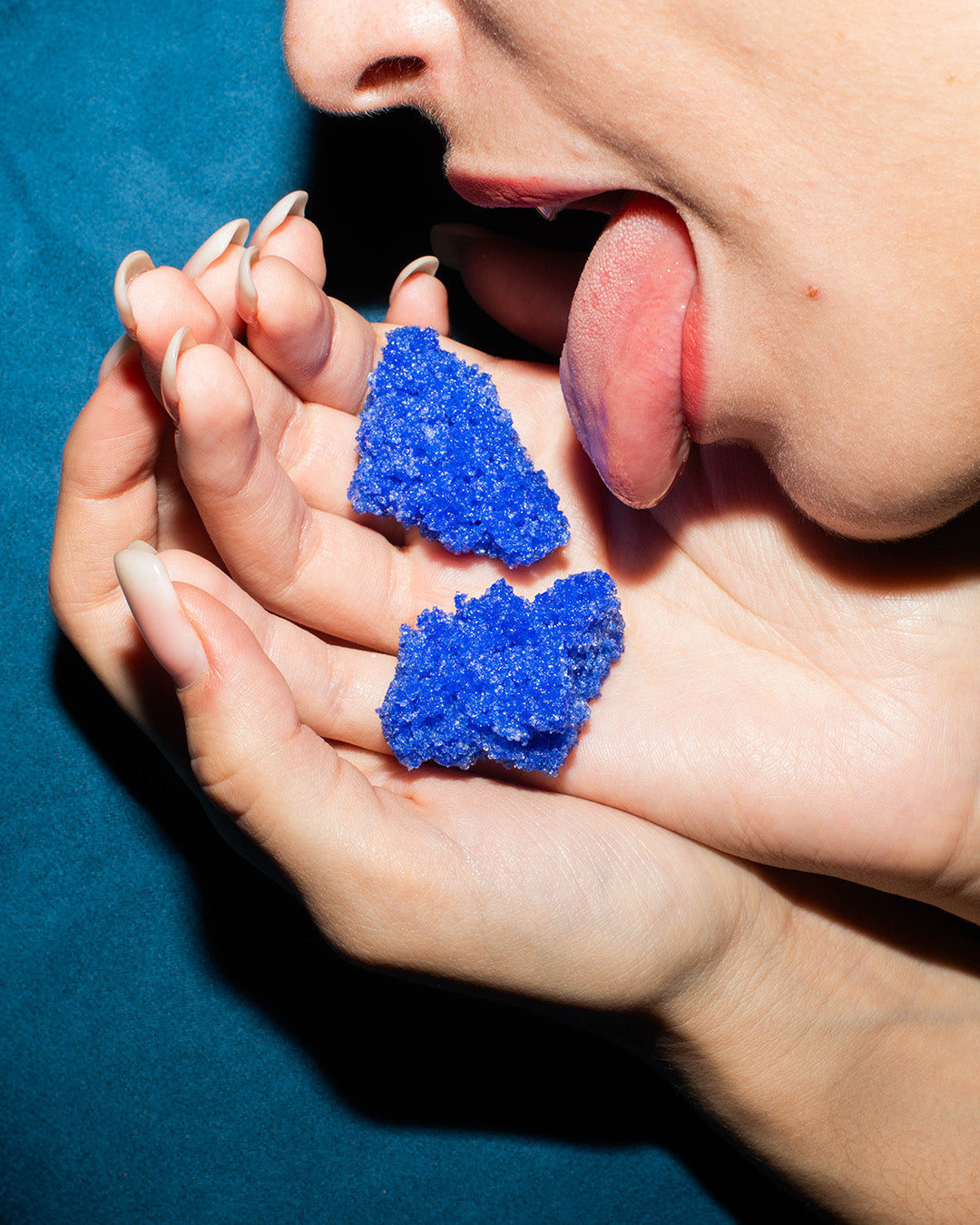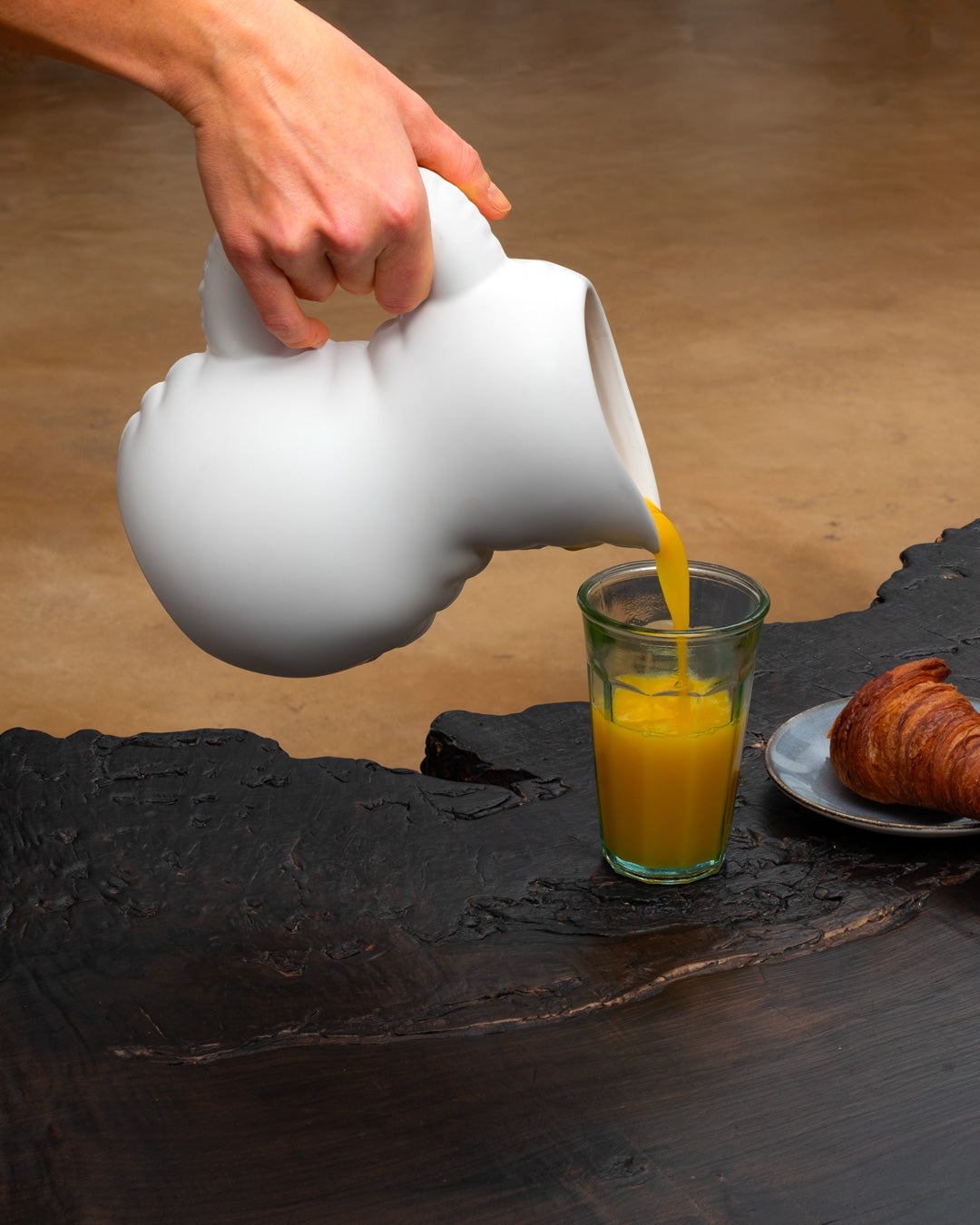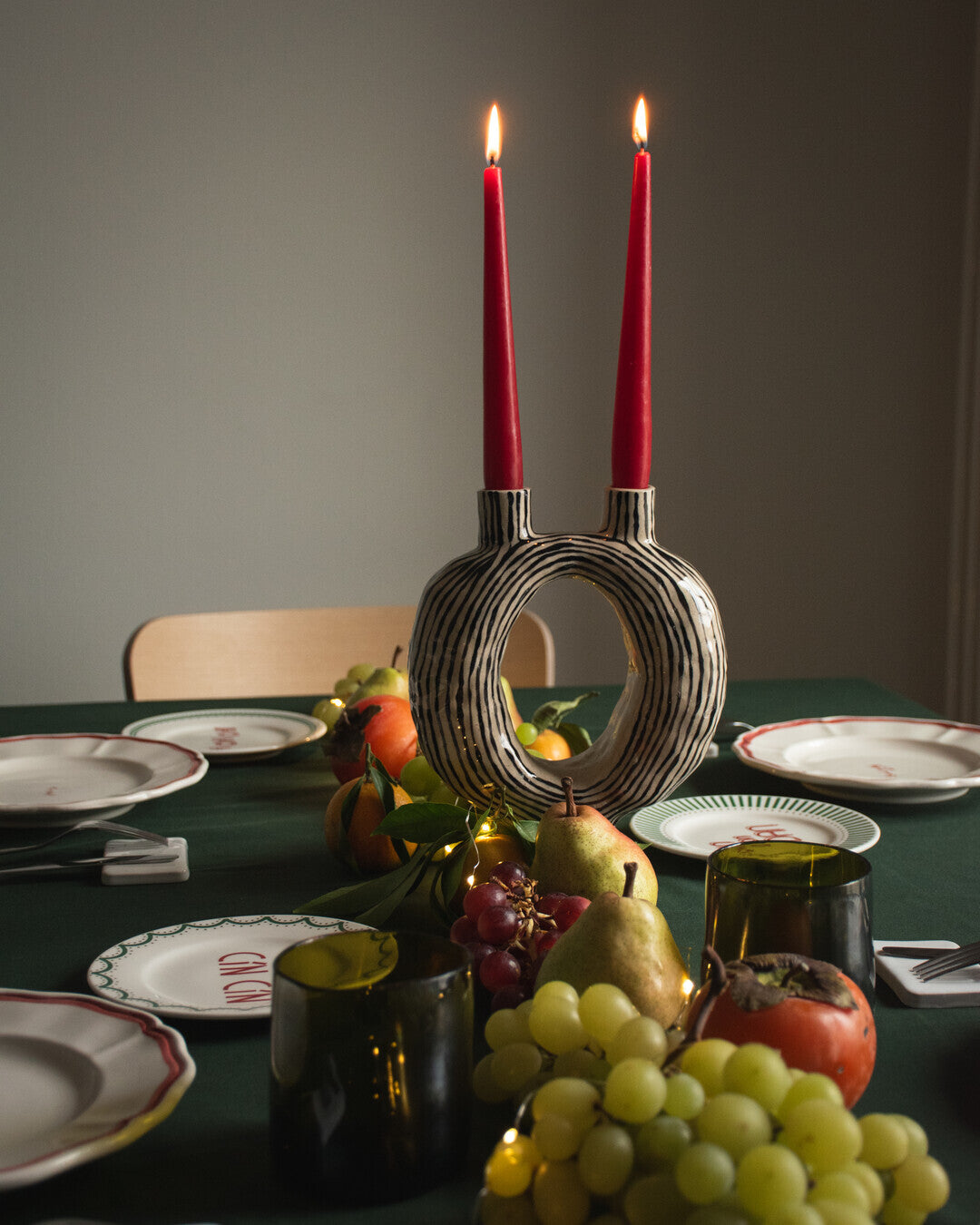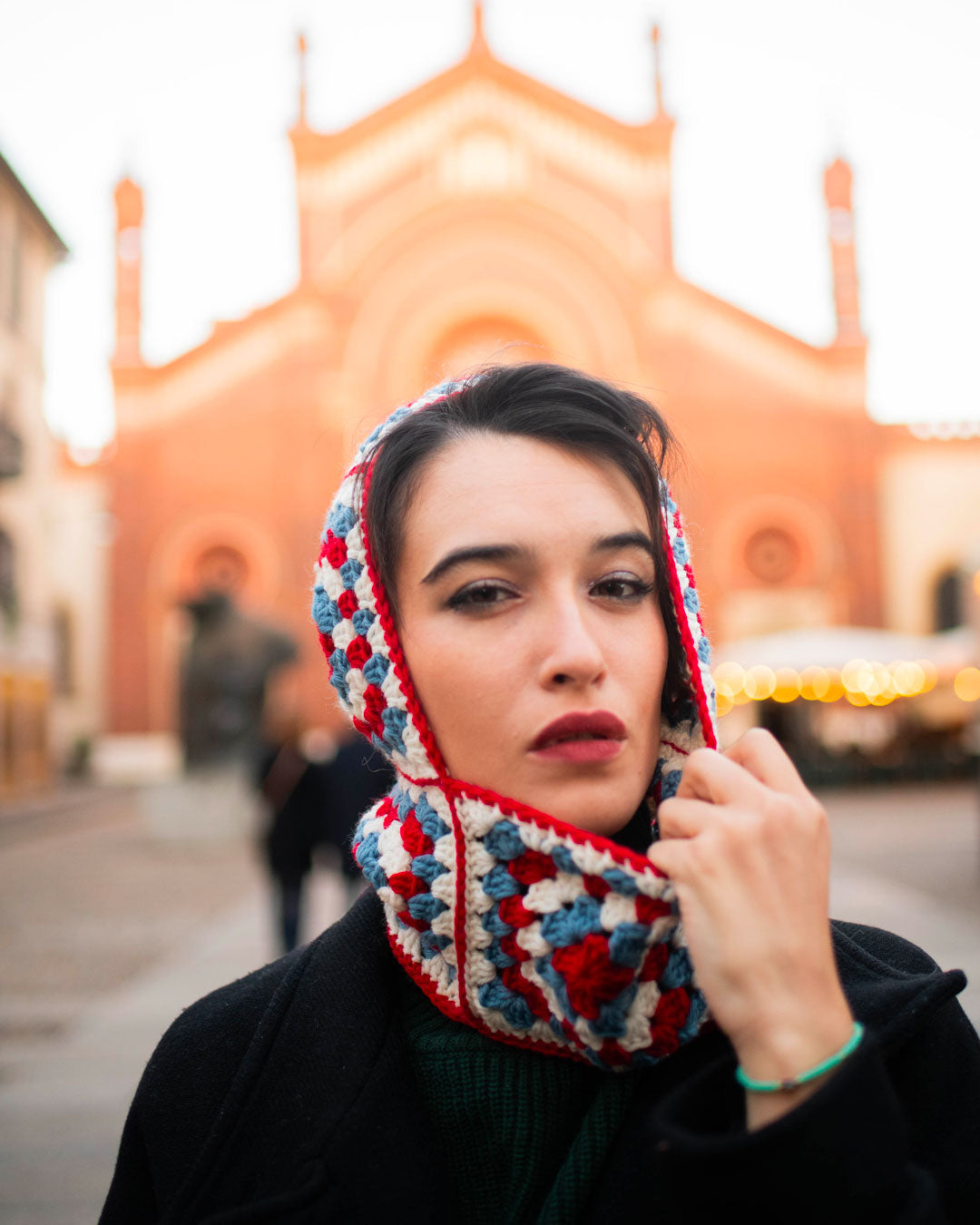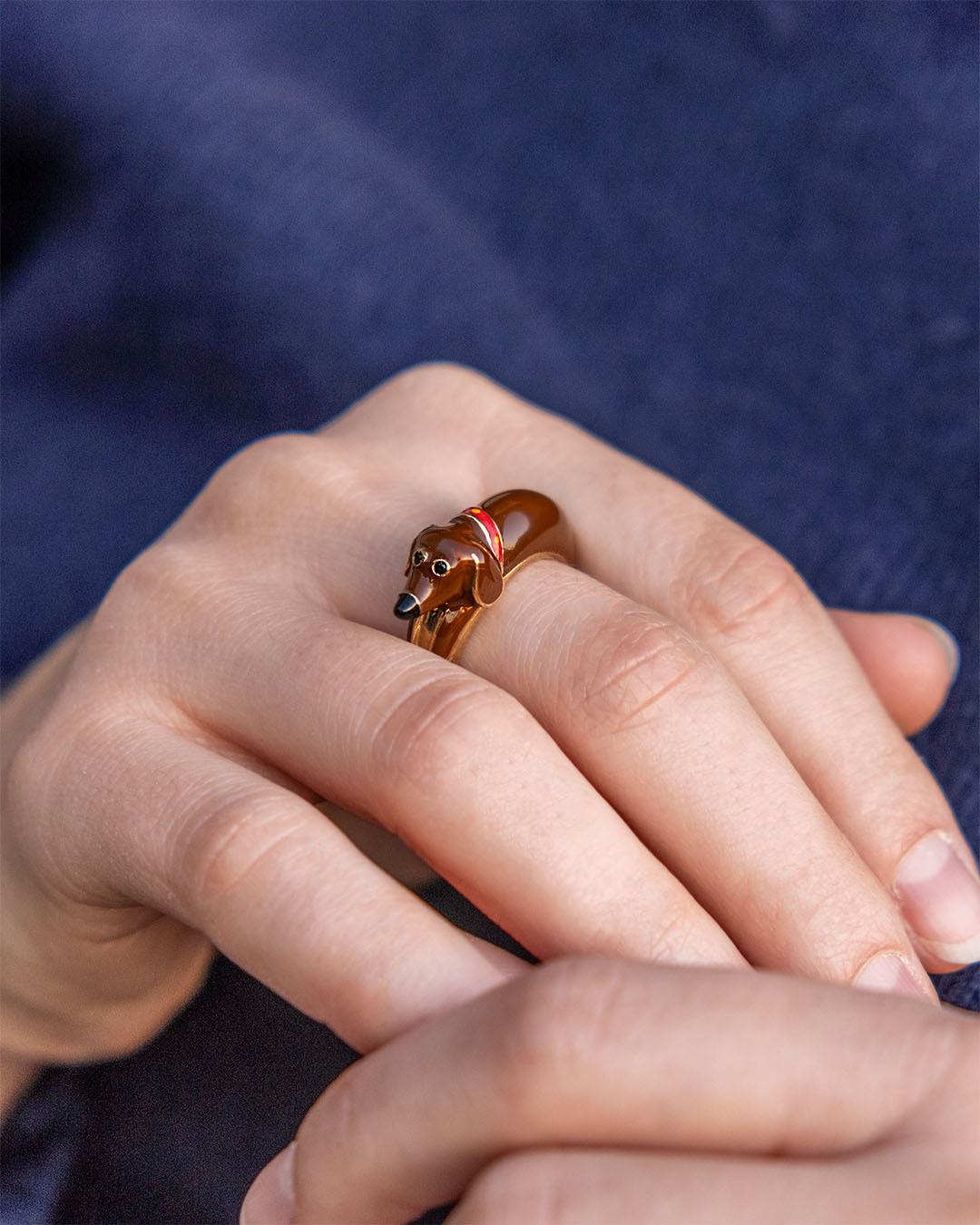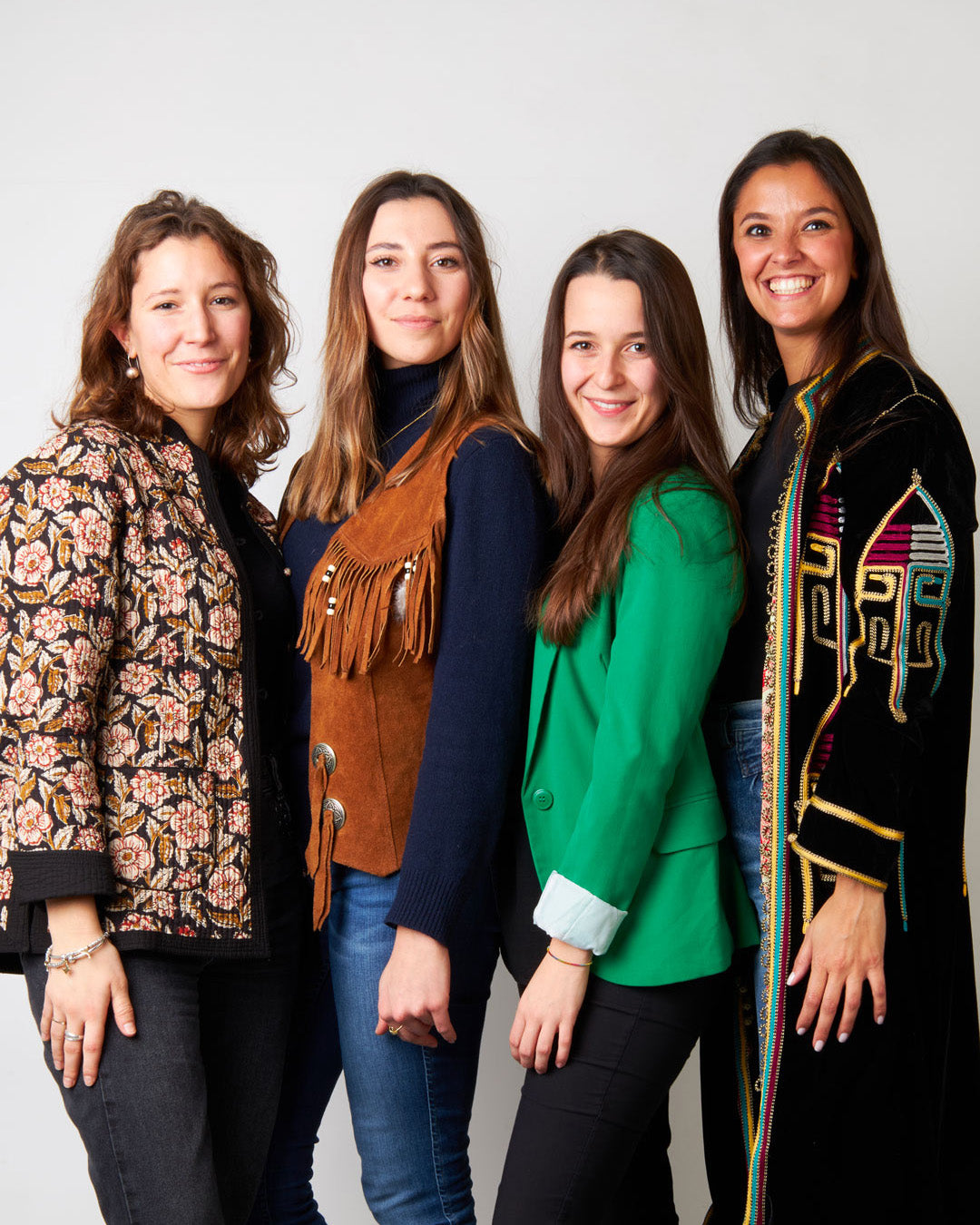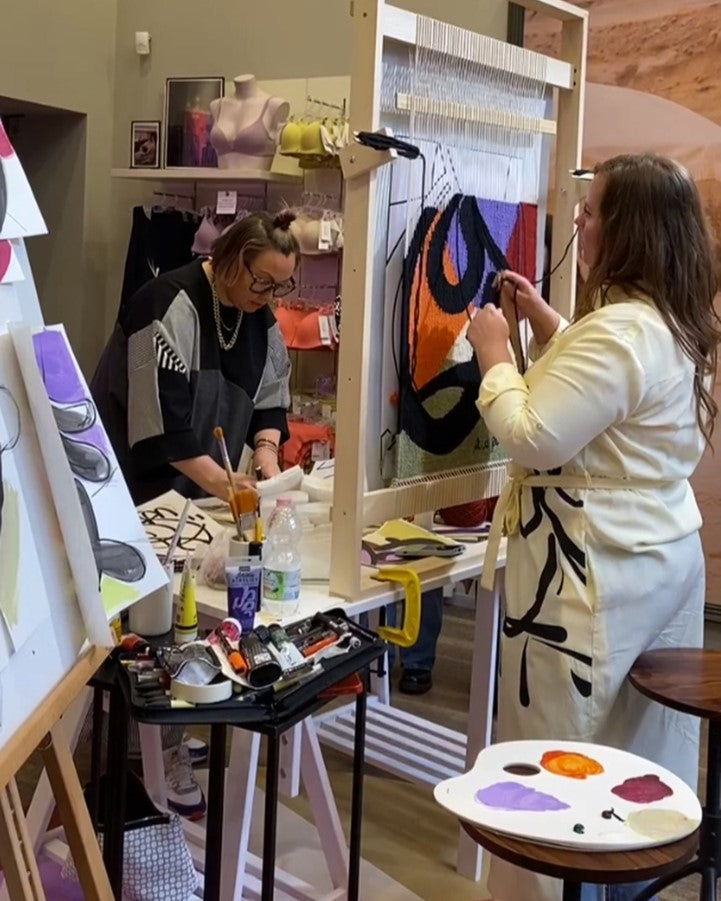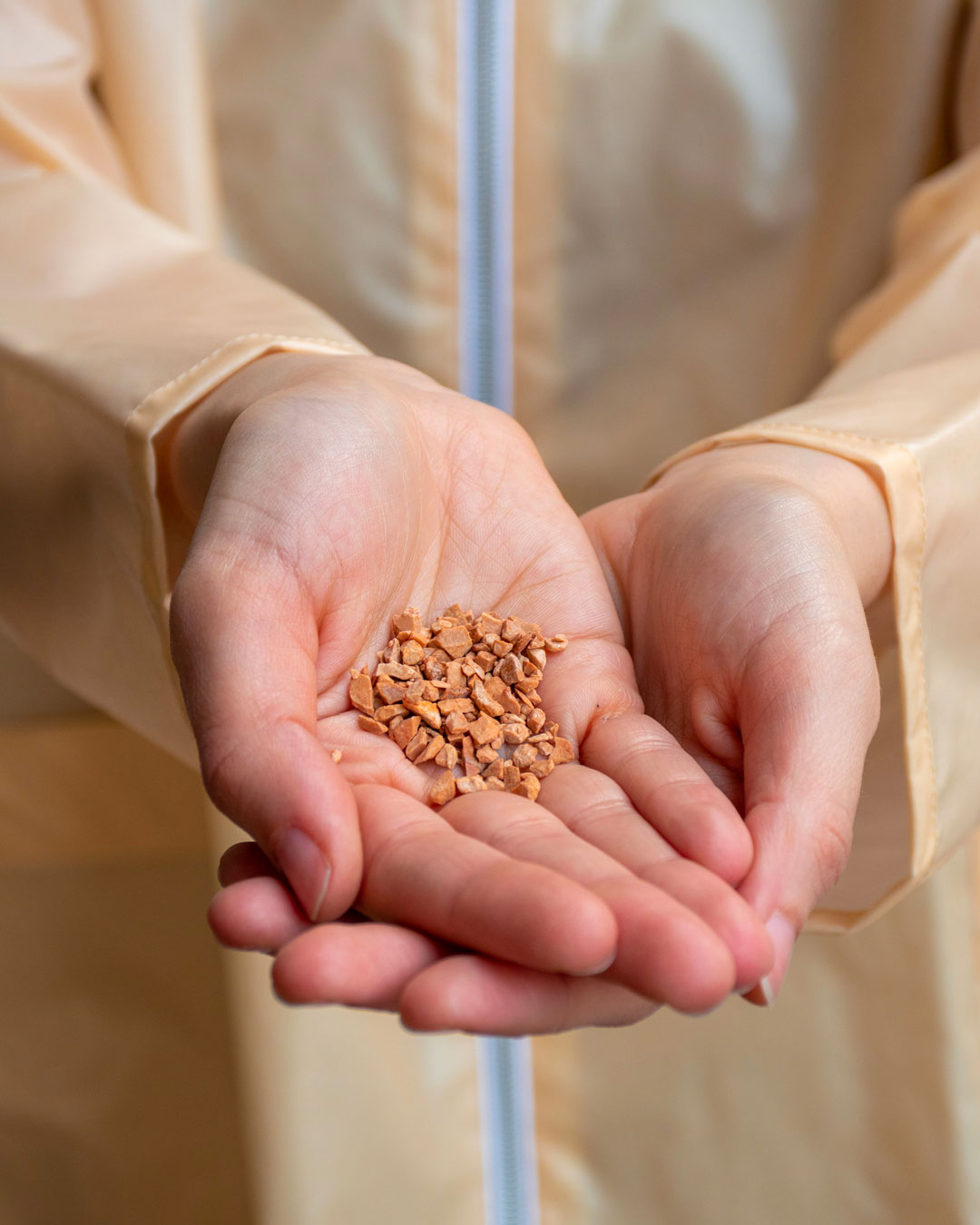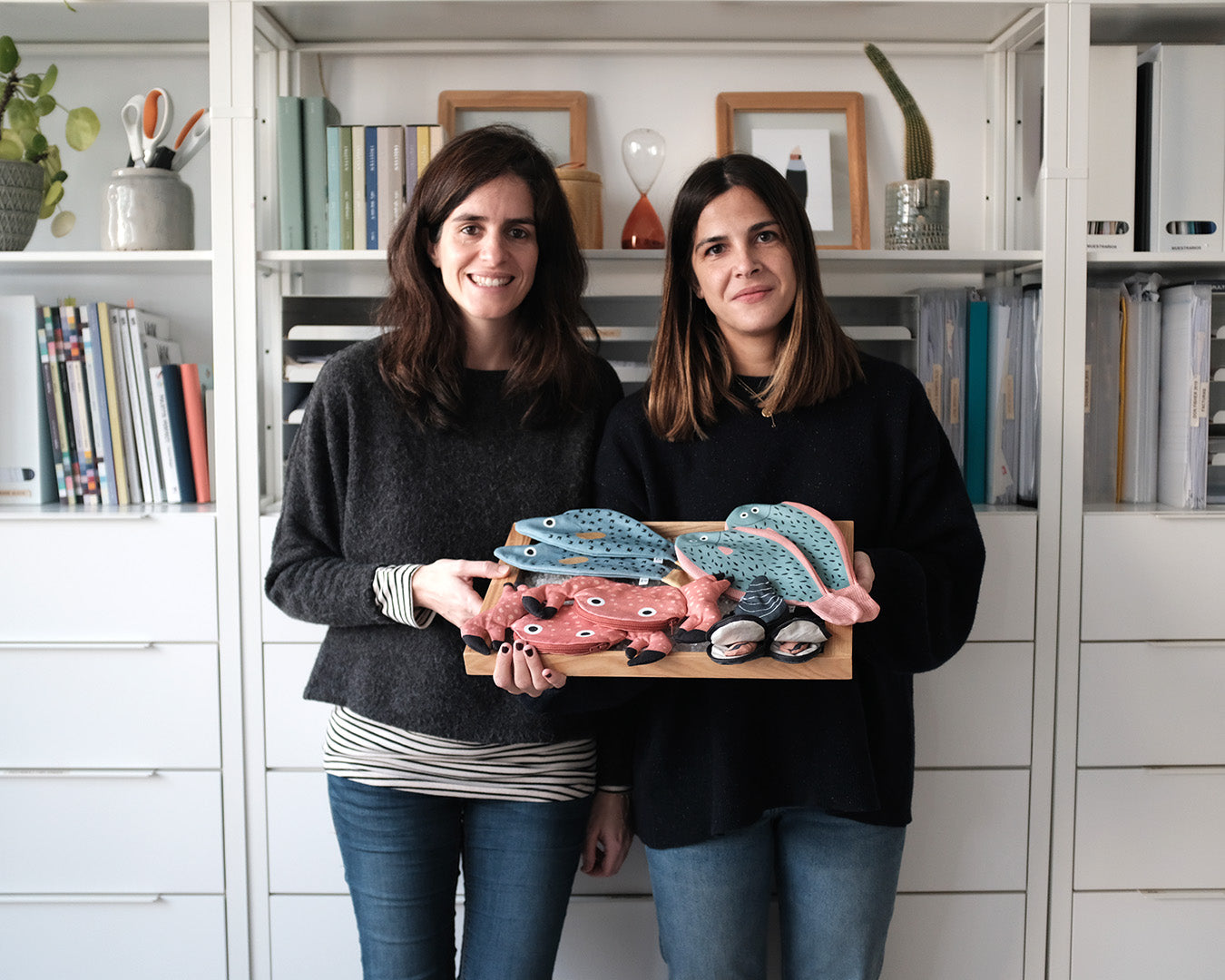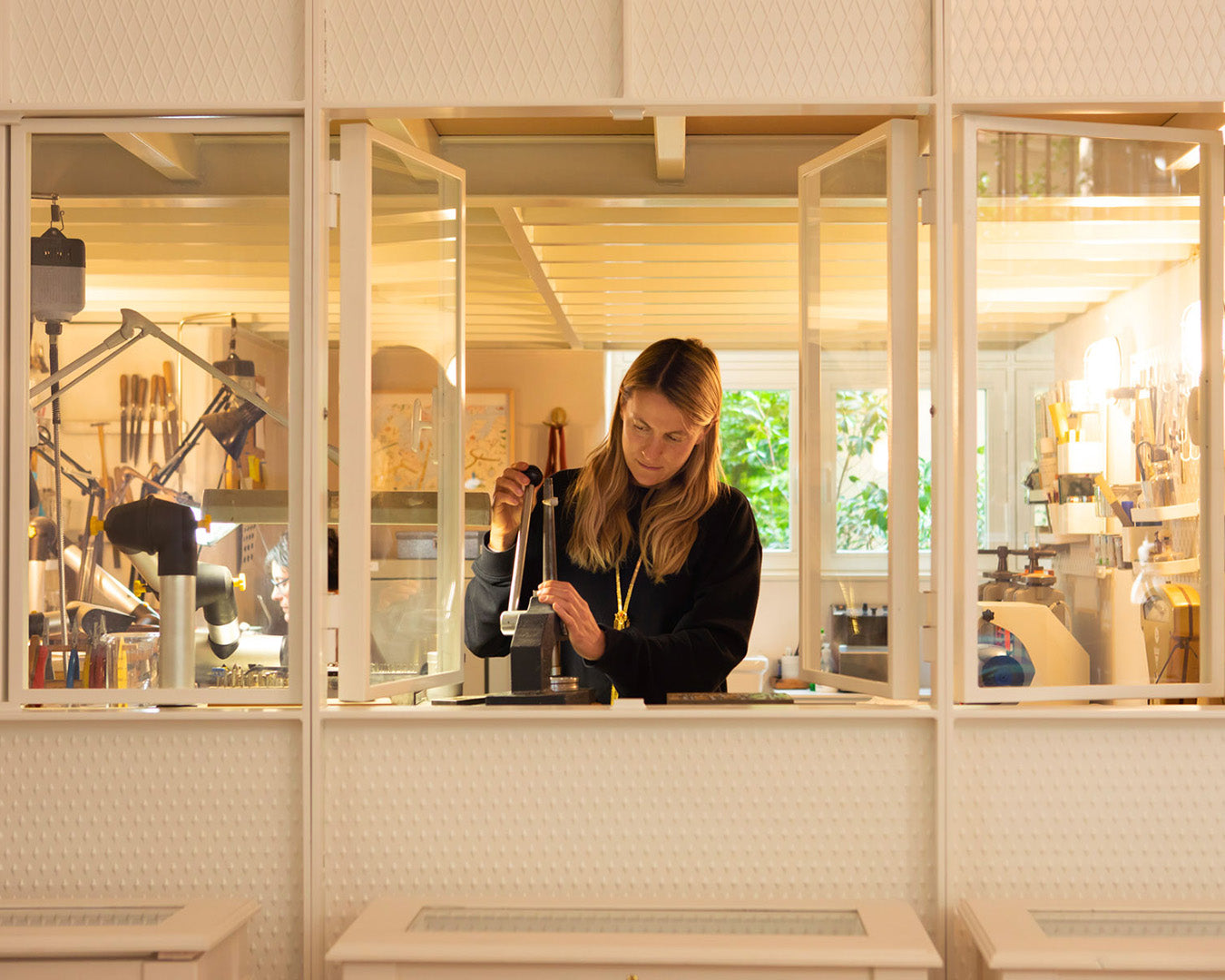Sara Bevilacqua is an Italo-Argentine fashion designer, university researcher and founder of Azar Studio.
Azar is a slow fashion artisanal brand of leather accessories carefully braided by hand in Barcelona.
After working more than 10 years in the fashion industry, Sara decided to walk a new path, where creative passion and ethics don’t exclude one each other, but grow together instead.
We had a chat with Sara about the future of sustainable fashion, read up too see what it came out.
Hello Sara, thank you for the interview.
When and why have you founded Azar? What pushed you to become responsible for all the creation processes from concept to realization?
I worked for more than 10 years in the fashion industry and this experience helped me realize how alienating it is to work in the “produce to sell” loop, creating new stuff every week, and missing a good part of the development process of those designs you have created. It is depleting and leaves you with a feeling of not contributing to anyone’s wellbeing: you are not entirely happy with what you create, you are not feeling it, nor learning from the process, and you can’t have a personal contact with the final client, so you are not even sure you are making them happy.
So I decided that if I was going to take the bumpy road of having my own brand and that I would have done so following my personal approach. Meaning being responsible for the entire creation, from the idea to the final product.
I founded Azar Studio at the end of 2018. That was the time I quit my former job and started devoting most of my time to this project.
What is the first product you have designed and made for Azar? Tell us something about it, how long took you the prototyping and testing phase?
I started with a bunch of initial ideas, which were necessary exercises to get where I wanted to get. And then Tamara bag was the first product I trusted to launch out there. So I could not really say how much the prototyping took me; without those initial ideas that took me about a year, probably Tamara wouldn’t have come to my mind, either. I was sketching a lot, I was reading all possible books I found, I recovered some notes from technical school, and I was braiding a lot too.
To get the bag looking as it looks today, perfecting the proportions and finding the correct leather quality, took me 6 prototypes, which means months of work. But Tamara was already in my mind, she “existed” already.
What would you say to a potential customer to convince her/him buying an Azar product?
Azar products are made with love in the entire process. And I believe that love will get to the buyer’s hands with the product they purchase and will last during it’s long-life-span.
I know a marketing strategist would probably laugh at my answer. There are so many techniques to chase people out there and convince them to buy your stuff. But I don’t want to step into that. The same values that brought me to work following my inner feelings are the ones I hope will motivate people buying what I do.
Hopefully I’ll have conscious clients, people who respect themselves, who are working to build the life they want, and who truly want to pay for a product that was consciously created and crafted.

Your products have female names. Why? Who (or what) inspires you to choose those names?
It started spontaneously. Every time I am creating a new product, suddenly a woman’s name comes to my mind. They are all real women’s names. Women who were or are important in my life, or people I read about, who have inspired me.

Since we met in Barcelona in 2019, a lot has happened. Has the Pandemic affected your business somehow? What have you learned in this period? Your considerations.
Wow, yes, a lot has happened, indeed, from your visit.
Absolutely, the pandemic has meant an important drop in the sales and work flow. The brand was in a quite embryonic stage even before the pandemic started, so it actually affected us a lot in that sense. My products are entirely handcrafted and made of genuine leather; their prices are not low, they can’t be low considering the hours I invest in the making of each of them. So I understand people were afraid to invest the money in something they were not sure they would be able to wear, considering the strict lockdowns rules we have faced in the different world scenarios.
But I kept working anyway. I kept releasing some new products. It actually helped me coping with the psychological side of the pandemic. Work can be therapeutic when you love it.
And after all, I must say that despite the halt in the sales, I got a confirmation that keeping low stocks and producing part of the products on demand, which was the strategy I chose from the beginning, was the correct strategy. I simply produced less than before. And could devote part of my time to other things too. So I consider myself lucky, after all.

In your opinion, do we need a swift in terms of consumption habits nowadays? If yes, how? What do you hope for the future of craftsmanship?
Absolutely. I think the most powerful way to create different consumption habits, is by getting the client involved as much as possible in the process of creation. If people knew how much work there is in producing the raw materials, creating a product, developing it until it’s ready, people would reevaluate how much they pay for it. But not only. They would also reevaluate the timings of it. We have unfortunately grown up in the world of fastness. But a well-crafted product is the antithesis of fastness. It needs to get ripe before it is launched to the market.
So I definitely think that craftsmanship has a lot to teach us, to create a new culture of consumption. Not only in matters of the product’s work-in-progress, which is so important and instructive for clients, I feel. But also, and perhaps foremost, in matters of made-to-order. Artisans have worked with this producing modality during millennia. And that is such a potent tool to get people out from impulse-buying and to help them value the times of things.
